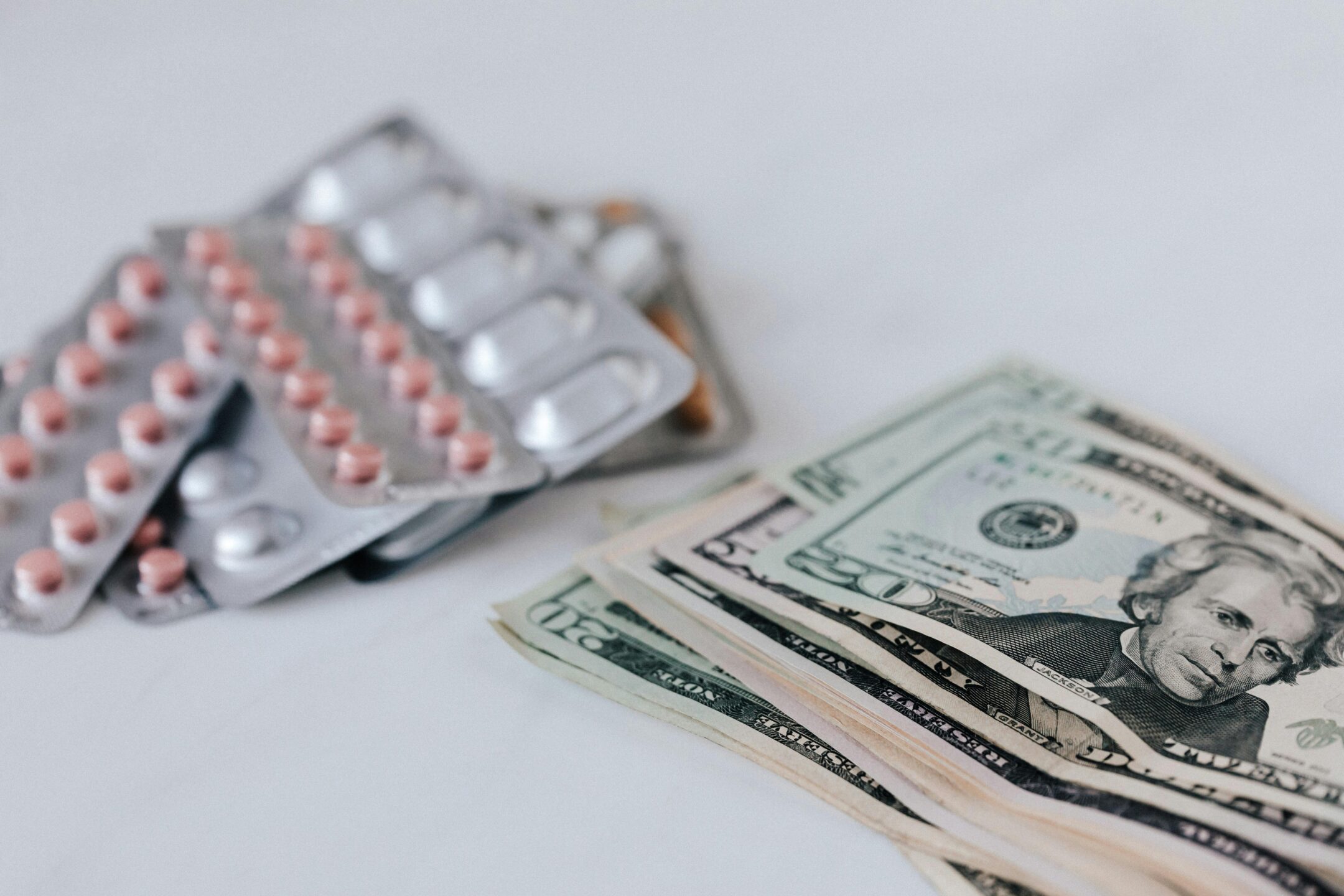
Anderson Cooper 360º: Appeals Court Temporarily Reinstates Trump Tariffs
This is the latest episode of Anderson Cooper 360º with Anderson Cooper. A day after one court put President Trump’s tariffs on hold, a higher…
Thought Leader: Anderson Cooper

As Covid recedes, Congress and the Biden administration are turning their attention to making sure a novel pathogen can never paralyze the country again. An important part of that viral contingency plan is to have enough manufacturing capacity to scale up the production of vaccines and therapies.
Past discussions of pandemic preparedness have focused on developing a “warm base” by building some manufacturing sites, mothballing them, and turning the lights on when a new threat emerges. Covid proved that takes too much time. The country needs “hot” facilities, not merely warm ones.
When Covid struck, the U.S. didn’t have excess capacity to make monoclonal-antibody drugs or vaccines. Making room for antibody production required repurposing facilities that had been churning out other critical drugs whose production moved to Europe. This is an expensive, risky and time-consuming process. For vaccines, there wasn’t idle capacity to manufacture at scale. While factories were built mostly from scratch, vaccines had to be rationed for months.
There are lessons from the case of Emergent BioSolutions in the early 2000s. The country was preparing for the risk of a pandemic of H5N1 bird flu. The George W. Bush administration funded the construction of domestic facilities to make flu vaccines. But in many cases, in the years since these facilities, including Emergent, were not kept fully operational and properly staffed.
When Emergent’s plant was conscripted to make the Covid vaccine developed by Johnson & Johnson, it stumbled getting the process up to sufficient scale and maintaining proper quality control. An internal government analysis concluded that, over the years, Emergent had struggled to attract and retain the specialized personnel required to run such a facility, leaving it vulnerable.
The cost of the physical plant was money well spent, but it and similar projects fell apart in the contracting. The government invested in the construction but didn’t follow up by making sure it could operate competitively, maintaining the ability to be called on in a crisis.
The government doesn’t even need to build new plants itself. The feds can contract for the right to commandeer a plant, securing an option to take over its manufacturing capacity in the event of a crisis. Congress can pay drugmakers to maintain more frozen supply of the other drugs they make, so they’re prepared to turn over their facilities in an emergency and burn through stockpiles. Or they can overbuild their existing plants to have some extra space.
You can’t maintain the necessary workforce and technology if you build a plant and mothball it. When it comes to novel pathogens like Covid-19 that can be fought only with complex drugs, preparation will require sustained investment, so the country isn’t ever caught flat-footed again.
Anderson Cooper 360º: Appeals Court Temporarily Reinstates Trump Tariffs
This is the latest episode of Anderson Cooper 360º with Anderson Cooper. A day after one court put President Trump’s tariffs on hold, a higher…
Thought Leader: Anderson Cooper
Kevin O’Leary on Trump’s trade war and battle with Harvard
Kevin O’Leary , a businessman, celebrity investor, and regular on the show “Shark Tank,” where he is known as Mr. Wonderful, shares his views on…
Thought Leader: Kevin O’Leary
Scott Gottlieb: Cost-Cutting Could Reverse Trump Drug Policy
President Trump often touted during his first term that his administration had “approved more affordable generic drugs than any administration in history.” He had good…
Thought Leader: Scott Gottlieb

